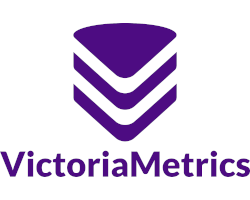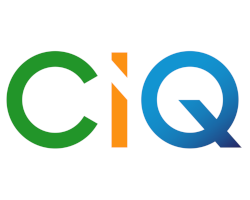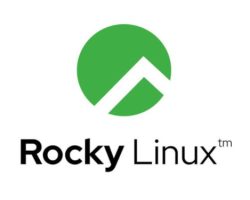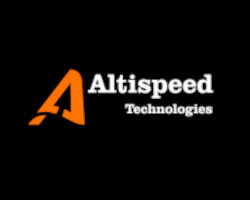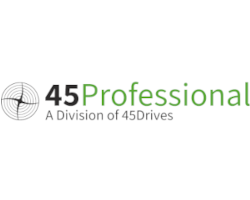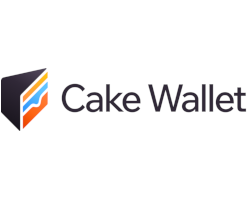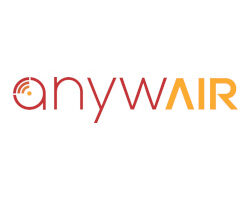We’re pleased to announce the following talk(s) have been accepted for SELF 2022:
| JT Pennington | Introducing Swap-as-a-Service (yes really!) | An absolutely dumb, yet functional solution to an edge case developer problem. This talk will dig into the idiotic depths of the insanity that you can engage in when the Unix Philosophy of “A tool should do one thing and do it well” is taken to its logical (or rather illogical) conclusion. |
| Toyam Cox | Traditional VMs in the era of Containers | Stateless repeatable app deploys in VMs with Hashicorp Packer and careful control of stateful mounts |
| Noah Chelliah | Entering The Matrix | Imagine a communication & social platform that’s built around privacy and freedom of speech. Self hosted, federated, and under your control! |
| Mike Ralph | Automating FreeIPA installation and configuration | We will go through the process of how to automate the installation and configuration of FreeIPA. This will not only save you time but help with consistency and efficiency. |
| Striker Leggette | Smart Card Auth and You (Fedora/IPA/AD) | This talk will go over Smart Card (CAC/PIV) authentication into Linux domain clients of Active Directory and IPA. |
| Jonathan A. Purdy | Automate yourself out of a job, or die trying. | Humans are great at a large number of things but we aren’t perfect. While we try our best, we can’t do even one thing the exact same way every time. That’s why we need to automate every part of our job that we can. |
| Matthew Higgins | Linux is the Future, but What Will That Look Like for End Users? | To say that Linux has a promising future is an understatement. Linux-based operating systems have acquired an unmatched level of success on servers and supercomputers and there is no evidence of this changing anytime soon; however, when it comes to the use of Linux on desktop computers, operating systems based on the Linux kernel only make up between one and five percent of surveyed devices. Although Linus Torvalds suggested that the path towards a successful Linux desktop may be through Chromebooks and Android devices at the 2019 Open Source Summit, neither OS provides an ideal Linux experience for those interested in the freedoms and capabilities provided by Linux distributions such as Fedora, openSUSE, Ubuntu, Debian, Mint, etc.. In this talk, I will discuss several potential opportunities for Linux-based operating systems to establish a stronger presence on end users’ devices over the next few years and potential to positively impact the user experience. I will also identify several challenges and limitations that both old and new Linux users are likely to experience if the Linux desktop is to establish a stronger presence. |
| Kenneth Bingham | A more flexible approach to network security | Lower layer networking protocols are designed to naively and reliably deliver packets. Mid layer protocols can have crude rulesets base on IPs and ports that don’t translate to real world use cases in motion. Only upper layer protocols can effectively control access. We need convenient, secure-enough layers of security that are as flexible as the application itself. There’s no substitute for adopting a secure networking framework in every distributed application, and it’s getting real with these new SDKs. |
| Darrell Little | RF: It’s Everywhere. An introduction to SDR | A brief review of radio frequencies and the electromagnetic spectrum. What are traditional radio receivers and transmitters and what is SDR (software-defined radio). Beyond basic communications, take a look at how RF is used in business, industrial and medical applications (ISM). Then comparing some of the reasonably priced SDR devices available for research and testing use, along with the Open Source software tools to implement these devices. |
| Kenneth Bingham | How my self-hosting homelab works without any vLANs, VPNs, firewalls, or port forwarding | It’s one thing to defend a perimeter around your servers and most people make the perimeter tighter to decrease the risk of lateral movement in case of compromised server. Another way is to use an overlay network so the servers only listen on loopback at most, and some can even be isolated to the process space by importing an SDK. Now everything has an identity, not an IP address, and things get weirdly wonderful from here on out. |
| Daniel Colson | Nmap scripting for sysadmins and network troubleshooting | In this talk, we’ll explore the scripting capabilities of Nmap. Many useful scripts are included with Nmap that allow for everything from advanced service discovery and troubleshooting to vulnerability scanning and testing. We’ll look at how some of these can be used for troubleshooting hosts and networks as well as how to write your own scripts to pull in more information from outside sources or perform your own version checking or other information extraction on scanned services. |
| Daniel Colson | Traefik routing for your Docker infrastructure | If the list of Docker containers you’re running is getting long, you’re having trouble remembering which port each service is on, and you’re having to map ports for those services to some random non-standard host ports to fit everything in, Traefik might be the next Docker container you should add! In this talk, we’ll cover how to use Traefik to access your Docker container services using host or domain names, set up automatic LetsEncrypt TLS, and make services accessible externally. |
| John Scott Hood | What Can Linux Do For You? | Discussion about what GNU/Linux environment is and what open source products can do for you, the Linux curious computer user. |
| Leander Hutton | darktable: Digital Photo Processing on Linux | Libre and Open Source creative tools have advanced by leaps and bounds in the last decade, darktable is a RAW photo processor that uses an advanced but approachable scene-referred workflow suitable for curious beginners all the way up to advanced color gurus. This is a user friendly talk on how to use this software for RAW photo development and asset management. From importing, tagging and a very straight-forward development in the scene-referred mode to ensure the best color and dynamic range out of your shot. |
| Matt Yonkovit | Open Source: For Love? Money? Or Both | The open source landscape is changing. More and more companies are using open source as a tool to generate valuations and buzz, sometimes to the detriment of the community. What good is coming from this? Some… what bad? Some as well.., lets highlight the dangers we see from the current trends in open source. |
| Matt Yonkovit | The Dumbest Mistakes I have seen in my 20 year career in Open Source | I have seen some pretty dumb things over 20 years in the open source business. From bad business plans ( a social media app for your music ) to horrible stewardship of projects that led to good projects failing. Walk with me through a journey of the idiotic, the funny, and the sad of how people have used, abused, and been successful despite themselves. |
| Dwain Sims | An Intro to Rancher Desktop | Do you have a need to run Kubernetes on you desktop system to test container development? Concerned about “new” licensing requirements of popular Kubernetes Desktop software that is NOT Open Source? Then you need to take a closer look at Rancher Desktop, an Open Source project backed by SUSE. Rancher Desktop runs on Linux, Windows, and Mac. Developers can easily change container runtimes and Kubernetes versions to match deployment targets. All free to use and totally Open Source. |
| THE Alan Hicks | Why IPv6 Will Never Be Adopted | Ever wonder why IPv6 hasn’t received wide-scale adoption despite strong pushes for the last two decades? We’ll explore why, from the adoption of alternatives to the fundamentals flaws of the IPv6 protocol itself. |
| Eric Raymond | Dynamiting the software forges | Every git repository is a full code history of its project. That could be wonderful for robustness against single-point failures, but we’ve largely thrown that possibility away by hosting our projects on forge sites that have only one copy of issues and merge-requests and other project assets that don’t happen to be code. There’s a better way; by replacing the forges with a decentralized networks of Git repositories that embed all these assets we can eliminate dangerous technical, economic, and political chokepoints. This talk is about software that does that, and what needs to happen next. |
| Eric Raymond | A Geek’s Guide to the Russo-Ukraine War | The Russo-Ukraine War is a complex and messy conflict with deep roots in history that is generally obscure to Americans. I will explain it from the point of view of a military- and general-history buff. Areas to be covered include the long shadow of the Kievan Rus, Russian grand strategy and geopolitics, the sources of Ukrainian national identity, the challenges of logistics in the region, what we’ve seen in operational maneuvers, and similarities/differences from WWII. My goal is to share with you the context you need to understand the news from the war. |
| Kevin Howell | Communicating Software Architecture with Open Source Tools | Software architecture is hard to reason about, let alone communicate. Visualizing architectures using diagrams is a great technique for both. I’ll share diagramming techniques that have worked well in past experiences, ideas for incorporating diagrams into your processes, and provide a list of open source tools worth exploring. |

